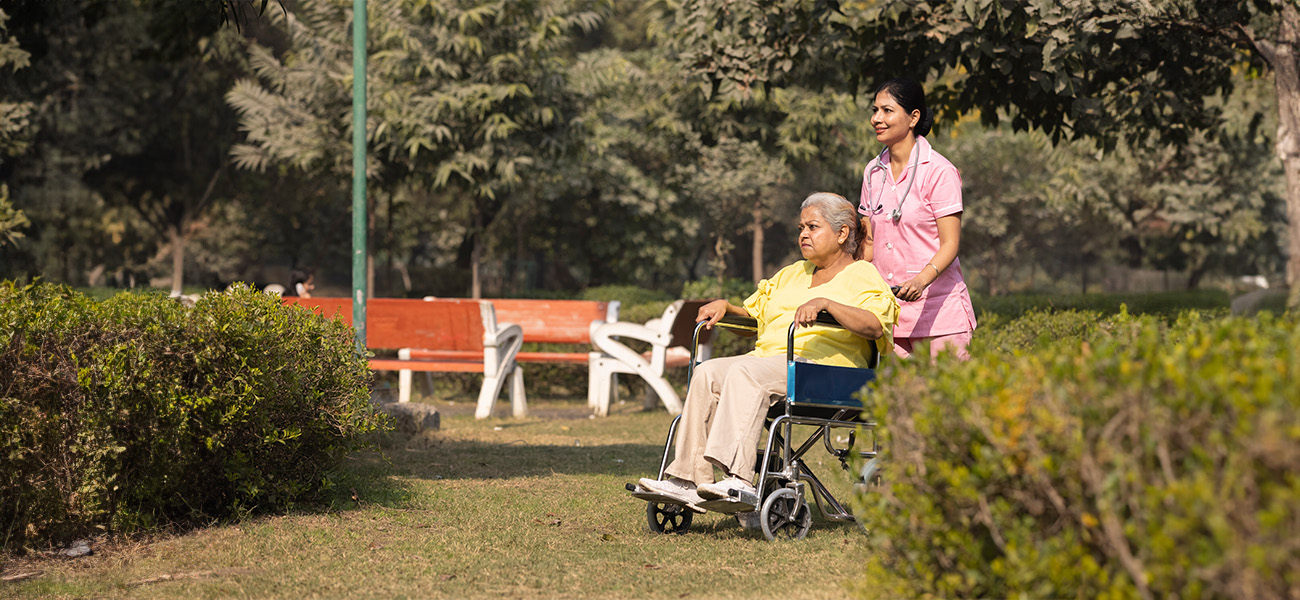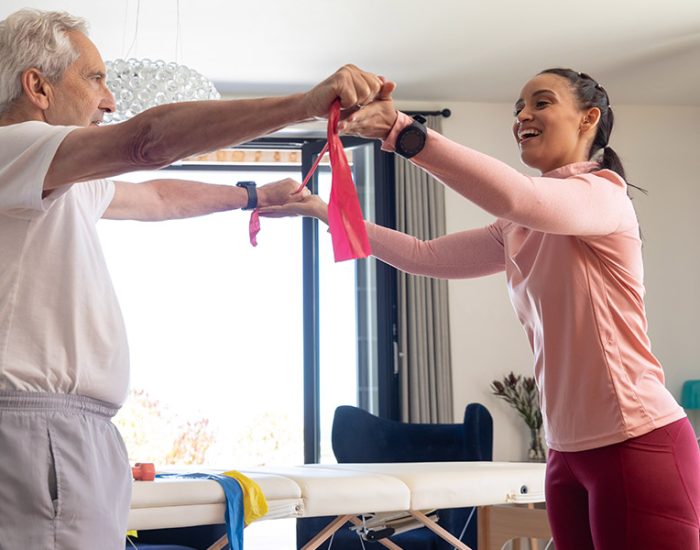Tips for Making Adult Diapers Part of a Daily Routine
Integrating the use of adult diapers into a daily routine can initially feel overwhelming, both for the individual using them and for caregivers. However, with thoughtful planning and practical strategies, this transition can become a seamless part of everyday life. This guide offers tips to help make the process smoother, reduce anxiety, and promote a sense of normalcy.
1. Normalize the Experience
The first step in integrating adult diapers into a daily routine is to normalize their use. Acknowledge that incontinence is a common issue, especially as we age, and that using adult diapers is simply a practical solution—just like wearing glasses for vision or using a cane for mobility. By approaching the situation with a positive and matter-of-fact attitude, you can reduce any feelings of embarrassment or discomfort.
For Caregivers: Reinforce the idea that using adult diapers is about maintaining independence and staying active, rather than something to be ashamed of. Remind your loved one that many people use them and that it’s just another way to take care of their health.
2. Establish a Routine
Consistency is key when it comes to making adult diapers part of a daily routine. Set specific times during the day for changing and checking the diapers. This could be in the morning, after meals, and before bed.
Creating a Schedule:
- Morning Routine: Start the day by changing into a fresh diaper after waking up and using the bathroom.
- Afternoon Check: Midday is a good time to check the diaper and change if necessary.
- Evening Routine: Incorporate changing into the nighttime routine, just like brushing teeth or washing up.
Having a set routine helps build a sense of security and predictability, which can ease any anxiety about using adult diapers.
3. Choose the Right Diaper
Selecting the right adult diaper is essential for making it a comfortable and manageable part of daily life. Consider factors like absorbency, fit, and ease of use when choosing a diaper. There are different styles, such as pant-style and tape-style, each offering varying levels of protection and convenience.
Key Considerations:
- Absorbency: Choose a diaper with the right absorbency level for your needs—whether it’s for light, moderate, or heavy incontinence.
- Fit: Make sure the diaper fits well without being too tight. A proper fit prevents leaks and ensures comfort.
- Ease of Use: Consider how easy it is to put on and take off the diaper, especially if the wearer has limited mobility.
Testing different brands and styles can help you find the best option that fits seamlessly into daily life.
4. Keep Supplies Handy
Having supplies readily available makes the routine smoother and less stressful. Designate a specific area in the bathroom or bedroom for storing adult diapers, wipes, disposal bags, and any other necessary items. This helps ensure that everything is within reach when it’s time for a change.
Pro Tip: Keep a small bag with extra diapers and wipes in the car or your loved one’s bag for outings. This preparation can alleviate any worry about being caught unprepared while away from home.
5. Incorporate Hygiene into the Routine
Good hygiene is crucial when using adult diapers. Regular cleaning and skin care can prevent irritation and infections, making the experience more comfortable.
Hygiene Tips:
- Cleanse the Skin: Use gentle wipes or a soft cloth to cleanse the skin during each diaper change.
- Moisturize: Apply a light moisturizer or barrier cream to keep the skin hydrated and protected from irritation.
- Check for Irritation: Regularly check the skin for any signs of redness or irritation, and address any issues promptly.
Making hygiene a part of the routine not only ensures physical well-being but also promotes a sense of cleanliness and self-respect.
6. Stay Positive and Patient
Adjusting to the use of adult diapers takes time, and it’s important to stay positive and patient throughout the process. Encourage your loved one by celebrating small victories, like getting through the day without any issues or successfully managing a public outing.
For Caregivers: Your attitude can significantly impact your loved one’s acceptance of adult diapers. Offer reassurance and avoid expressing frustration if there are hiccups along the way. Remember, your support plays a crucial role in making this transition smoother.
7. Plan for Outings
One of the biggest concerns for individuals using adult diapers is how to manage them while outside the home. With a little planning, outings can be enjoyable and stress-free.
Tips for Outings:
- Carry Extras: Always bring extra diapers, wipes, and disposal bags when leaving the house.
- Know Your Locations: Identify places with accessible restrooms, such as shopping centers or restaurants, where you can easily change if needed.
- Dress Comfortably: Choose clothing that’s easy to change in and out of, and consider wearing darker colors to feel more confident.
Planning ahead ensures that your loved one can continue to enjoy social activities without worrying about incontinence.
8. Involve the User in Decisions
Whenever possible, involve the person who will be using the adult diapers in decisions about their care. This includes choosing the type of diaper, establishing a routine, and addressing any concerns they may have.
Empowerment Through Choice:
- Ask for Preferences: Find out what your loved one prefers in terms of diaper style, fit, and routine. This gives them a sense of control and can improve their acceptance of the situation.
- Respect Their Comfort Levels: Some individuals may be more comfortable with a specific routine or type of diaper. Respect their preferences and adapt as needed.
By involving them in the decision-making process, you help ensure that they feel respected and valued, which can make the transition smoother.
9. Educate and Reassure
Knowledge is power, and understanding more about incontinence and the use of adult diapers can reduce anxiety for both caregivers and users. Take time to learn about the products available, proper usage, and any additional support services that may be helpful.
Educational Resources:
- Online Guides: Many websites offer detailed information on incontinence care and product options.
- Support Groups: Joining a support group, either in-person or online, can provide valuable insights and encouragement from others in similar situations.
Educating yourself and your loved one about incontinence and adult diapers can build confidence and help make them a routine part of life.
10. Practice Self-Care for Caregivers
Finally, caregivers should remember to take care of themselves as well. Caring for a loved one with incontinence can be challenging, and it’s important to manage your own well-being to provide the best support.
Self-Care Tips:
- Take Breaks: Schedule time for yourself to relax and recharge, whether it’s a short walk, a hobby, or simply some quiet time.
- Seek Support: Don’t hesitate to ask for help from other family members or professional caregivers if needed.
- Maintain Perspective: Remember that you’re doing your best to help your loved one, and it’s okay to seek assistance when needed.
Self-care allows you to remain patient, positive, and effective in your caregiving role.
Conclusion: Integrating Adult Diapers with Confidence
Making adult diapers a part of daily life doesn’t have to be daunting. By normalizing their use, establishing a routine, choosing the right products, and maintaining good hygiene, you can help your loved one live confidently and comfortably.
With patience and the right approach, Lifree adult diapers can become just another part of the day, allowing your loved one to focus on what truly matters—enjoying life to the fullest.
FAQ’s
2. How do you know when it’s time to change the diaper?
The best practice is to check every 3–4 hours during the day, or sooner when the user feels discomfort or the diaper is visibly soiled. Change at bedtime and first thing in the morning. Even if the diaper doesn’t feel full, regular changing helps maintain skin health and reduces infection risk. If using overnight protection, replace it immediately upon waking. Building scheduled checks into daily routines—like after lunch or before a walk—ensures hygiene and comfort without relying solely on wetness indicators.
3. What tips help prevent leaks while using diapers daily?
Leak prevention starts by choosing the right type and size. Ensure the diaper fits snugly around the waist and leg openings without being tight. Adjust tapes or pull-up design so the absorbent core lies flat against the body. For lying-down users, lift the body slightly when securing a taped diaper to reduce folds that may cause leaks. Some users recommend fluffing the core before wearing. Having a travel or overnight pad underneath can provide backup protection. Also plan ahead—empty bladder before outings, avoid too much fluid right before changing clothes, and choose absorbent, odor-control styles.
4. How can I protect the skin while wearing adult diapers daily?
Maintaining skin health is essential. Clean skin gently after each change using mild, fragrance-free soap and warm water. Pat dry thoroughly before applying a thin layer of barrier cream or ointment to keep moisture away from sensitive areas. Avoid scented wipes or harsh cleansers that may cause irritation. Always choose breathable, hypoallergenic diaper material. Changing the diaper regularly—every 3–4 hours—prevents prolonged contact with moisture. At night, using absorbent pads and keeping the skin dry can reduce the chances of rashes and discomfort.
5. How should fluid intake be managed with a diaper routine?
Hydration is important for overall health—even with incontinence. Rather than limiting fluids, drink slowly throughout the day. Avoid bladder irritants like caffeine and alcohol, especially late in the day. Spreading intake evenly helps reduce nighttime awakenings. Check the colour of the urine—pale yellow usually indicates proper hydration. Monitoring fluid intake and output can help tweak changes to times when it’s most needed. This balance avoids both dehydration and sudden urge episodes, and complements a well-structured diaper schedule.
6. How can caregivers support daily diaper routines?
Caregivers can play a key role in building consistency by preparing clean diapers and supplies in advance. Encourage user involvement whenever possible—such as adjusting tapes or choosing clothing. Record each change in a caregiver log with time and notes on skin condition or output. Keep the changing area clean, private, and stocked. Educate users and family members about the routine steps so it’s treated like any personal hygiene task. Involving someone in the process maintains dignity and independence, while ensuring care runs smoothly.
7. How do I choose the right size diaper for a daily routine?
Correct sizing reduces leaks and enhances comfort. Measure the waist and hips beforehand—medium, large, or extra-large—as per the size chart. Pull-up styles rely on waist size; taped briefs use hip measurements. A snug fit is better than too loose or too tight. Trying trial packs is helpful to find the best fit before buying in bulk. For users who move often, choose pull-up ones; for bed-ridden individuals, taped styles help caregivers fit the diaper easily while lying down.
8. What clothing and accessories help maintain a diaper routine?
Comfortable and discreet clothing makes diaper use easier. Choose breathable, wrinkle-free underwear and pants with some looseness around the waist. Layered tops or longer shirts help hide any outline of the diaper. For added security, some users prefer adult onesies or waterproof covers. These help keep diapers in place even during gentle movements. Avoid tight-fitting or synthetic fabrics that may irritate the skin or show visible pads. Carrying an extra set of clothes and disposable bags when going out also adds peace of mind.
9. How can users stay confident while using diapers frequently?
Developing a routine builds confidence. Knowing when you change, what clothing hides well, and how to manage leaks makes daily life smoother. Remind yourself that diapers can be part of a healthy routine, not a burden. For outings, carry an emergency kit with extra underwear, a change of clothes, wipes, and disposal bags. Planning breaks and bathroom visits in advance reduces anxiety. Knowing a plan is in place helps you stay active socially or while traveling.
10. How do you handle emergencies or travel within the routine?
Always carry a small kit—extra diapers, wet wipes, disposal bags, barrier cream. Choose lightweight, absorbent diapers and wear clothes that allow easy changing. Know restroom locations ahead of time. During travel, consider timed changes around stops or layovers. If you’re on medication or fluid schedule, plan changes before outings when possible. Using absorbent pads or protective liners under bedding can help during longer trips or flights. Staying organized and prepared maintains hygiene and lowers stress during unexpected events.






















